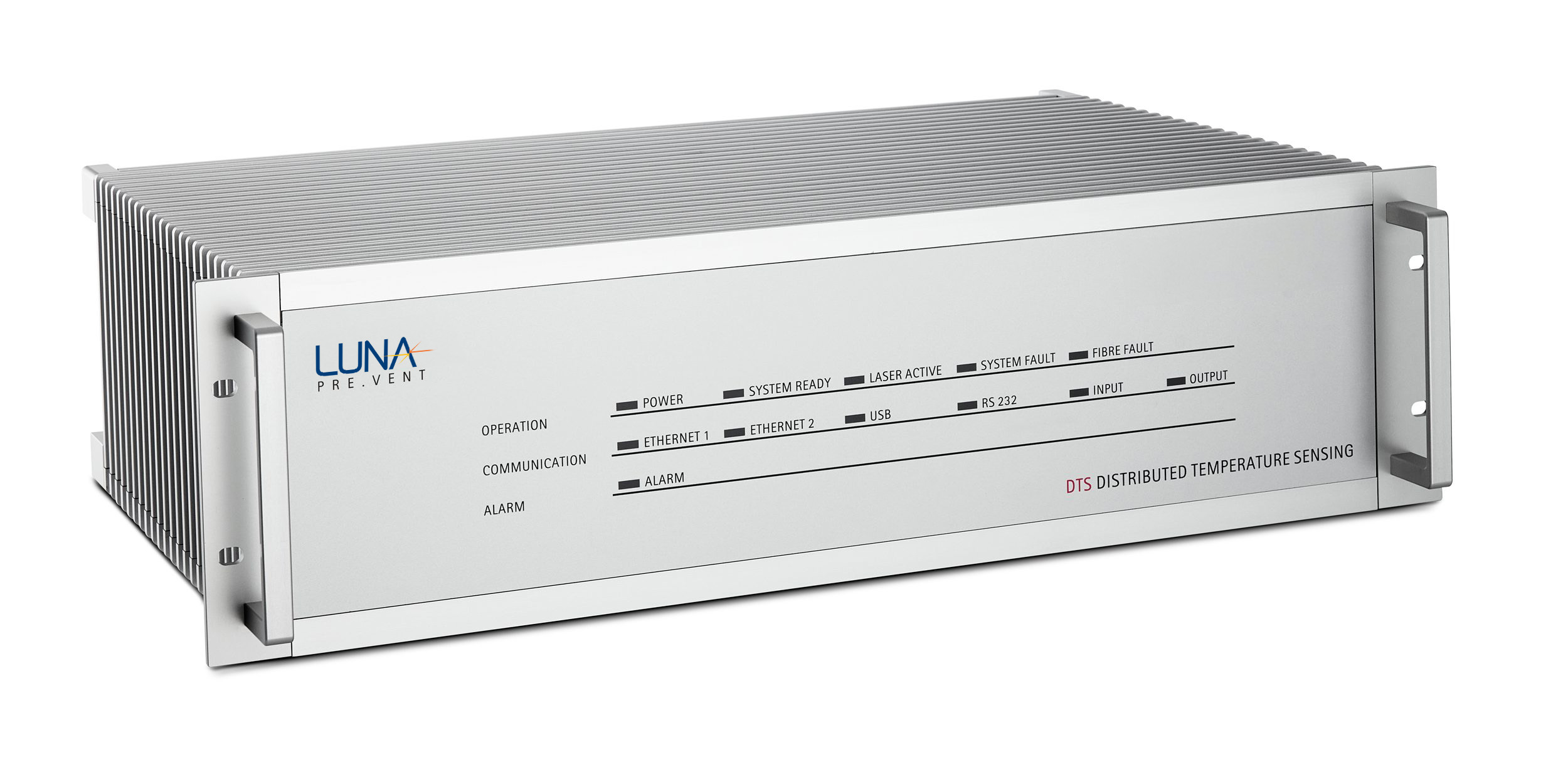As the global energy market changes and increased focus is on saving cost and storage space, the liquefaction of natural gas becomes increasingly important. For LNG transmission networks, the LNG tanks are vital and so becomes monitoring and safe operation of these tanks.
During the past few years, several LNG terminals have been built in Shenzen, Sanghai, Fujian, Ningbo, and Tianjin. The latter being the largest LNG terminal in China and a project that was completed by China National Offshore Oil Corp. The parameters of the tank are:
- Diameter of inner tank: 45 m
- Height of inner tank: 23 m
- Volume of inner tank: 30,000 m3
- Temperature of the LNG inside tank: -168°C
For this terminal the application of LIOS PRE.VENT distributed temperature sensing was chosen as an innovative and cost-efficient method of leakage detection.
One of the greatest threats to the safe operation of LNG tanks is leakages of the inner tank. It is, therefore, crucial to detect possible leaks at an early stage. With fiber optic cables working as sensors along the entire construction – around the foundation as well as the walls of the tank – the operator is able to know the precise temperature profile of the entire tank and indicate potential leakage based on changes in temperature.
Where the traditional method of leak detection is a point-type detector leaving the operator with blind spots the DTS system provides a continuous profile even over great distances.
Following components were installed in the LNG terminal in Tianjin:
- DONE evaluation unit (one set) – mounted in the control room
- Splice box (two sets) – installed on the roof of the tanks
- Low-temperature sensing fiber (1000 m) – installed along the inner tank
- Transmission fiber (750 m) – connected with the low-temperature fiber to the control room
Which provides the following advantages:
- The fiber acts as a passive sensor. There is no need for other electrical device or signal to be installed onsite
- The system can provide a continuous temperature profile along the fiber
- The system is maintenance-free and designed for simple outdoor installation
- The fiber has a long lifetime and can withstand very low temperatures, corrosion, lightning, static electricity, and electromagnetic effect
- With the ability to use up to four optical channels and a measurement range of 4 km per channel, the system provides a cost-effective solution
Safe operation of LNG tanks is crucial now and in the future, and with a reliable system design as well as a state-of-the-art performance of the system, the installation in Tianjin has redefined modern leakage detection in a cost-effective way.

